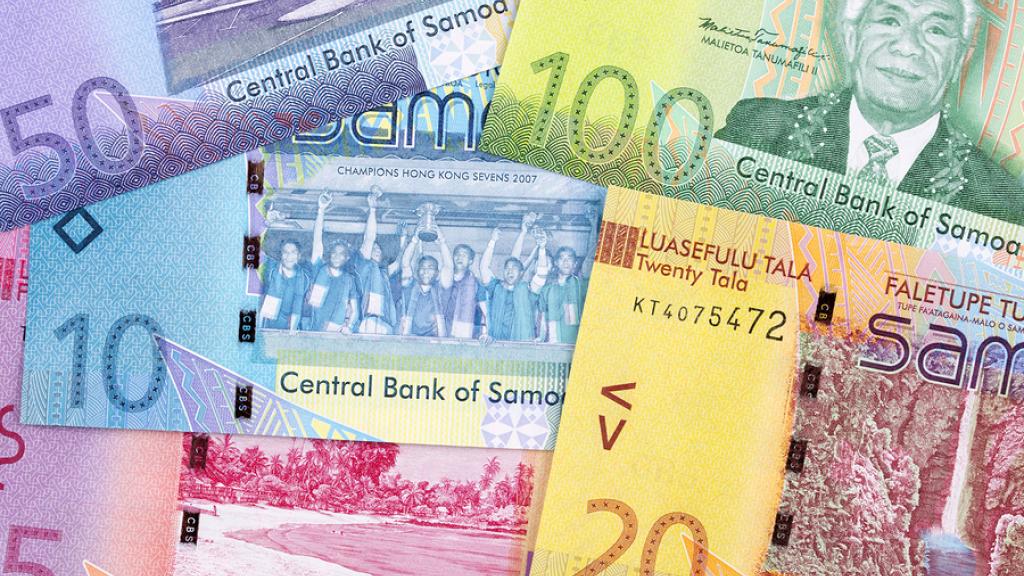The Samoa Government has forecast public debt will reduce the country’s gross domestic product (GDP) ratio to 32.1 percent by the end of the financial year 2023-24.
It plans to achieve this by continuing the Government’s Medium Term Debt Strategy 2022-2026 by making a commitment to not apply for any non-concessional loans. The commitment was highlighted in the SAT$1.8 billion (US$655 million) Budget for the next financial year, which was tabled by the Minister of Finance last week.
The money plan has been referred to the Parliament Finance and Expenditure Committee for evaluation before it is deliberated on in the Legislative Assembly.
“This declined from 51.8 percent in FY21/22 when the threshold was breached, to 34.4 percent by the end of FY22/23. In terms of debt stock, this will reduce from $949.5 million(US£345 million) to $934.0 million (US$340 million) including external debt of $933 million (US$339 million) and domestic debt of $1 million(US$363,000),” reads the budget books.
“The International Monetary Fund projects global growth to be around 2.8 percent for the current fiscal year before settling at thee percent over the medium term as economies around the world tighten policies as a way to address global inflation.
“In retrospect, the Government of Samoa projects a higher than anticipated growth for the current year to be around 4.7 percent revised from a 0.6 percent projected during the budget period last year.
“This revision is a result of the successful implementation of the Government’s commitments over the course of the past 10 months and is a testament to the need for a continued expansionary fiscal stance for the coming year, should we want to see a continuous increase in growth for the economy to drive recovery.
“In this regard, the Government intends to increase its expenditure programmes for the fiscal year 2023/2024 by injecting spending directly into the economy to support business activity and consumption.”
According to the 2023/24 Budget books, the Government also seeks to record a budget deficit of 3.3 percent of GDP for the coming fiscal year, as the Government continues to drive its development agenda towards a quick recovery whilst ensuring that socio-economic welfare and stability are maintained.
Last month the International Monetary Fund (IMF) and the World Bank compiled a new debt sustainability analysis which shows that Samoa remains at high risk of external and overall debt distress. The results of the analysis are included in the 2023 Article IV Consultation with Samoa, which was concluded in March of this year.
Under Article IV of the IMF Articles of Agreement, the IMF holds bilateral discussions with members, usually every year which warranted the report and consultations with Samoa. The DSA has been prepared jointly by the IMF and World Bank, following Guidance Note on the Bank-Fund Debt Sustainability Framework for Low-Income Countries (2018).
“Consistent with previous DSAs, judgment was applied to extend the projection horizon to 20 years as opposed to the standard 10 years, given that the mechanical external and overall risk rating from the model was assessed as moderate,” the DSA report stated.
“This allows for the inclusion of the average long-term effects of natural disasters and climate change by incorporating their impacts on economic growth, the fiscal position, and the current account balance in the baseline scenario over the long term (FY2029-2043). “These factors result in breaches of the thresholds for the present value (PV) of the external public and publicly guaranteed.
